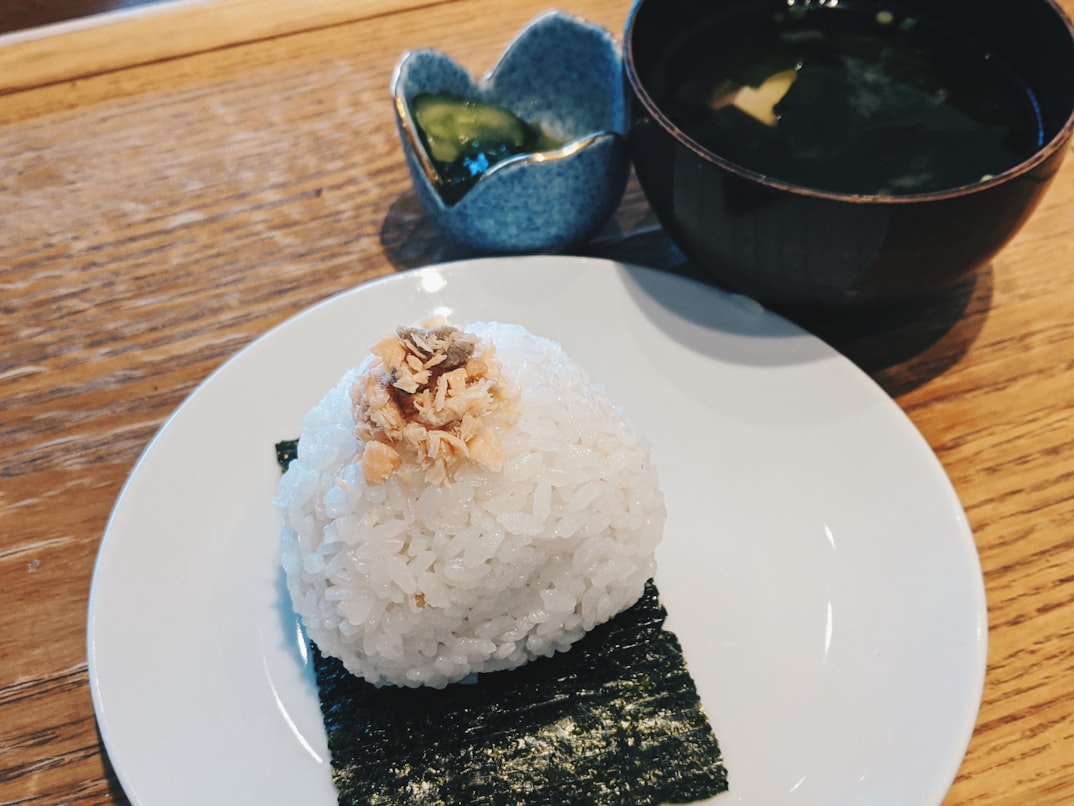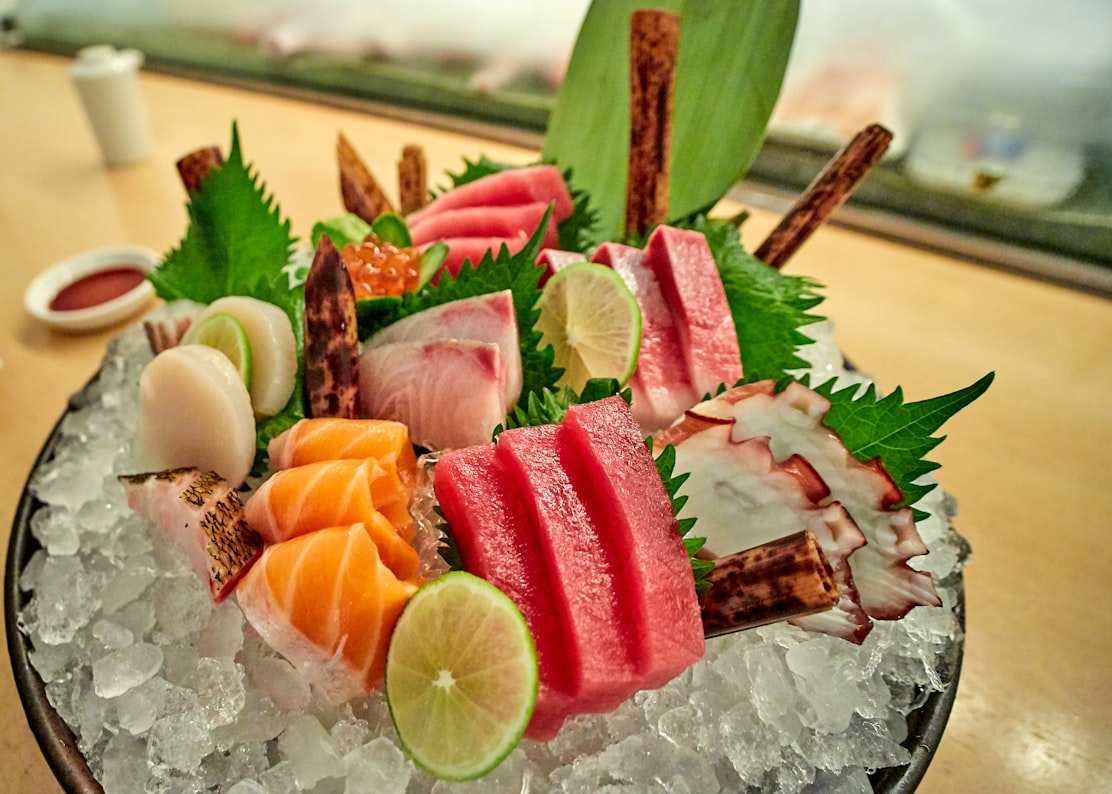Onigiri, the humble Japanese rice ball, has undergone a culinary revolution, transcending its traditional simplicity and evolving into a canvas for creativity and innovation. From imaginative fillings to artistic presentations, Onigiri Innovation has taken the culinary world by storm, appealing to both traditionalists and those seeking unique, flavorful experiences. In this exploration of Onigiri Innovation, we will delve into the origins of onigiri, celebrate its cultural significance, and uncover the modern trend that is reshaping these beloved rice balls.
The Heart of Onigiri
Culinary Staple
Onigiri, also known as omusubi, is a quintessential Japanese comfort food. It consists of seasoned rice formed into a triangular or cylindrical shape and often wrapped in nori (seaweed). Traditionally, onigiri is filled with simple yet flavorful ingredients such as pickled plums (umeboshi), salted salmon, or grilled seaweed.
Portable and Convenient
Onigiri has long been cherished for its portability and convenience. Wrapped in a layer of nori, onigiri serves as a handheld meal, making it a popular choice for picnics, lunches, and on-the-go snacks. Its versatility lies in the ability to be enjoyed at room temperature, eliminating the need for reheating.
Onigiri Innovation Trend
The Onigiri Innovation trend represents a departure from traditional fillings and shapes, ushering in a new era of creativity in onigiri preparation.
Fusion Fillings
One of the most prominent aspects of Onigiri Innovation is the introduction of fusion fillings that draw inspiration from global flavors. Chefs and home cooks alike are experimenting with a myriad of ingredients, from spicy tuna and teriyaki chicken to barbecue beef and avocado, infusing traditional rice balls with a diverse range of tastes.
Gourmet Onigiri
Gourmet onigiri establishments have emerged, elevating the humble rice ball to new heights. These specialty shops focus on premium ingredients, unique flavor combinations, and meticulous presentation. Gourmet onigiri may feature exotic fillings such as truffle-infused mushrooms, foie gras, or specialty cured meats, catering to a sophisticated palate.
Creative Shapes and Wrappings
Innovative chefs are reimagining the presentation of onigiri by experimenting with shapes, sizes, and wrappings. Triangle and cylinder shapes remain popular, but heart-shaped onigiri, onigiri burgers, and even onigiri sandwiches have become part of the creative landscape. Some chefs forgo the traditional nori wrapping, opting for edible alternatives like shiso leaves or soy paper.
Where to Experience Onigiri Innovation
For those eager to embark on an Onigiri Innovation culinary adventure, a variety of culinary destinations provide opportunities to savor the diverse world of creative rice balls.
Specialty Onigiri Shops
Cities with vibrant food scenes are likely to have specialty onigiri shops that celebrate the Onigiri Innovation trend. These establishments offer an array of inventive fillings, shapes, and presentations, allowing diners to explore the limitless possibilities of gourmet rice balls.
Food Festivals and Markets
Onigiri-centric food festivals and markets frequently showcase vendors and chefs pushing the boundaries of traditional onigiri. These events provide a platform for sampling a variety of creative rice ball creations, from classic flavors with a twist to avant-garde combinations that challenge the palate.
DIY Onigiri Kits
For those who prefer the comfort of home, DIY onigiri kits have become a popular option. These kits typically include seasoned rice, various fillings, and nori sheets, allowing individuals to unleash their creativity and craft their own innovative rice balls.
Embracing Onigiri Innovation: A Culinary Exploration
In conclusion, Onigiri Innovation invites us on a culinary exploration that blends tradition with creativity, transforming a beloved Japanese comfort food into a contemporary culinary delight. Whether enjoying gourmet onigiri at a specialty shop, sampling creative rice balls at a food festival, or crafting your own at home, the Onigiri Innovation trend adds a flavorful twist to a classic dish. So, embrace the rice ball revolution, savor the fusion of global flavors, and let each bite of onigiri redefine your appreciation for this delightful and versatile Japanese creation.…




